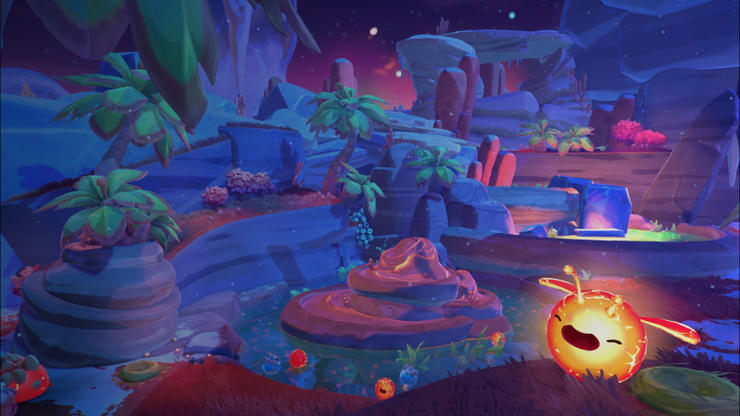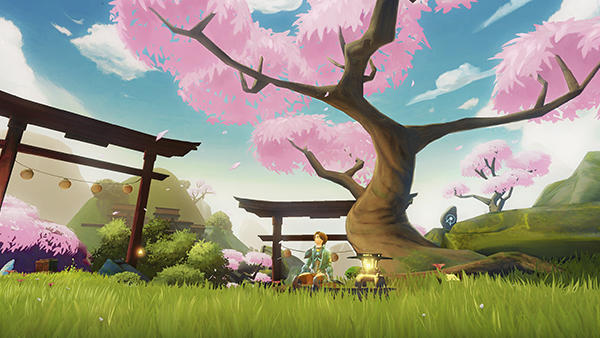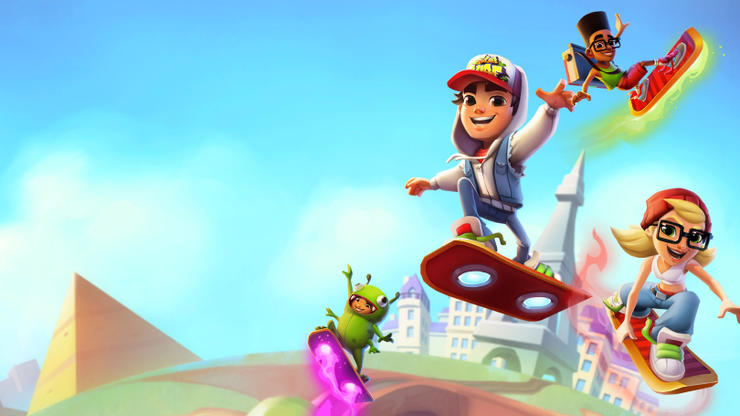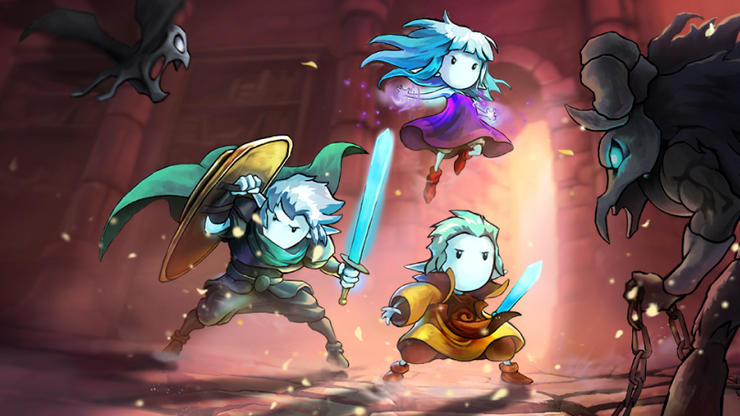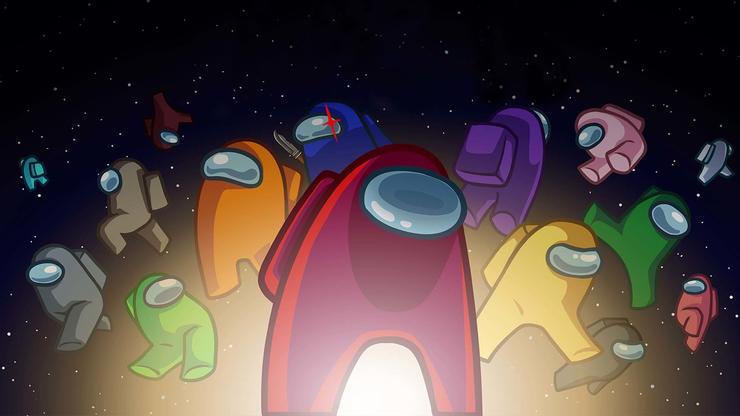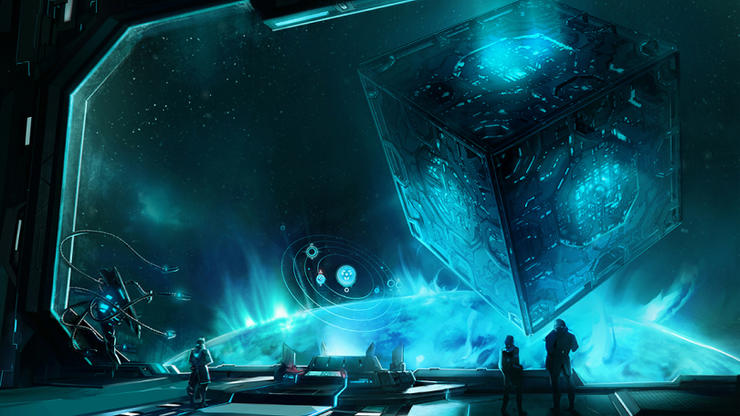New case studies
Slime Rancher 2
Learn how Monomi Park used Unity’s HDRP, source code access, and NVIDIA PhysX to build a bigger and more performant world with Slime Rancher 2.
Everguild
Learn how Everguild used Universal Render Pipeline, the Unity Asset Store, Profiler, and Addressables to conquer a multiplatfom release.
Zenith: The Last City
With Unity's flexible development platform, multithreaded programming, robust DevOps tools, and an active community, Ramen VR launched the world's first cross-platform VR MMO.
Rollerdrome
Learn how Roll7 quickly expanded from PC to consoles, and ensured their dynamic action shooter would continue to shine at 4K 120 fps on next-generation platforms.
Subway Surfers
Discover how the 10-year partnership between SYBO and Unity helped Subway Surfers become one of the most downloaded games in history.
Greak: Memories of Azur
Learn how Navegante achieved an on-time multiplatform launch for their first release, Greak: Memories of Azur.
Featured case studies
Among Us
Learn how InnerSloth partnered with Unity to deliver a stable experience for Among Us while gaining the data they needed to deliver new features their players would love.
Crying Suns
Creating an immersive sci-fi world with a pixel art look and feel is quite an accomplishment. Learn how Alt Shift ported Crying Suns to mobile and made their money back tenfold.
Goodbye Volcano High
As an artist-run studio, KO_OP needed version control that worked for their whole team. Learn how Unity Plastic SCM helped align artists and engineers on their production process.
Sitowise
Learn how Sitowise is spearheading the future of sustainable construction and safety through their use of digital twins.
Volvo Cars
Discover how Volvo is advancing the automotive industry by employing interactive virtual experiences driven by Unity.
Begin your journey into the metaverse today
Join us on the Road to the metaverse, a series of webinars and workshops designed to equip you with the tools to enable the digital transformation of your business.
Games – Consoles, PC, Mac
- Bleak Sword DX
- Card Shark
- Desperados III
- Goodbye Volcano High
- Greak: Memories of Azur
- Hardspace: Shipbreaker
- I Am Fish
- IMMORTALITY
- Last Stop
- Minute of Islands
- Ori and the Will of the Wisps
- Quantum League (email requested)
- Remnant: From the Ashes (email requested)
- Riot Animation
- Rollerdrome
- Sable
- Slime Rancher (email requested)
Games – Mobile
- Among Us
- Anonymized Monetization Report
- Beat the Boss (Chinese, Japanese, Korean, Russian)
- Candivore
- Crying Suns
- Everguild
- Farm Away
- Fruit Bump
- GameJam
- Jeopardy! World Tour
- Little Orpheus
- Ludo King
- MARVEL SNAP
- Mindstorm
- Pirate Kings
- Please, Touch the Artwork
- Rolling Sky
- Space Ape
- Subway Surfers
- Tacticool
- The Walking Dead: No Man's Land (Japanese, Korean, Russian)
- Tinytouchtales
- Trailmix
- War Robots
Games – Augmented reality
Games – Virtual reality
Architecture, engineering, construction
- Aurecon (Unsigned Studio) (video)
- DPR Construction
- Holland Basham Architects
- Losci
- Mortenson
- Mortenson – Hospital Project
- Mortenson – Climate Pledge Arena
- Norconsult
- P+HS Architects (video)
- SHoP Architects (video)
- SimRTR
- Sitowise
- Skanska
- Sounds Hanaam
- Trondheim
- Urban Splash
- Valero Dewalt Train
- Vectuel
- Zutari
Automotive, transportation, manufacturing
- ABB
- Arksen
- Autoliv
- BMW
- BMW Reality vs Illusion Ray Tracing (video)
- Brose Group
- Cross Compass
- Daimler Buses
- Daimler Protics
- HERE
- holoride
- HOMAG
- Honda
- INFINITI
- Lexus
- Manufacturing Technology Centre
- Toyota
- Taqtile
- VirtaMed
- Volvo Cars
- Volvo Cars (video)
- Volkswagen Innovation Center California (ICC)
- Volkswagen
